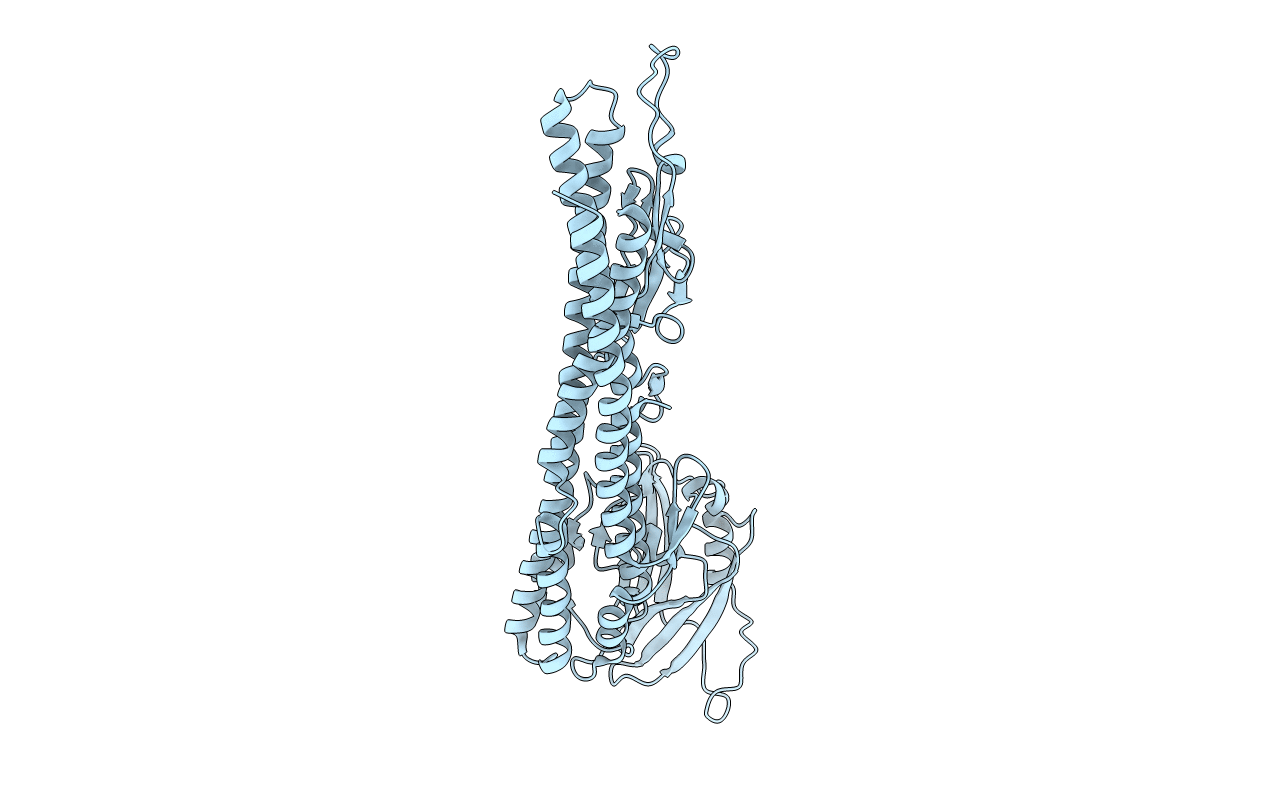
Deposition Date
2017-03-19
Release Date
2017-12-06
Last Version Date
2023-11-22
Entry Detail
PDB ID:
5XBJ
Keywords:
Title:
The structure of the flagellar hook junction protein HAP1 (FlgK) from Campylobacter jejuni
Biological Source:
Source Organism:
Campylobacter jejuni (Taxon ID: 197)
Host Organism:
Method Details:
Experimental Method:
Resolution:
2.45 Å
R-Value Free:
0.23
R-Value Work:
0.17
R-Value Observed:
0.18
Space Group:
P 21 21 2


